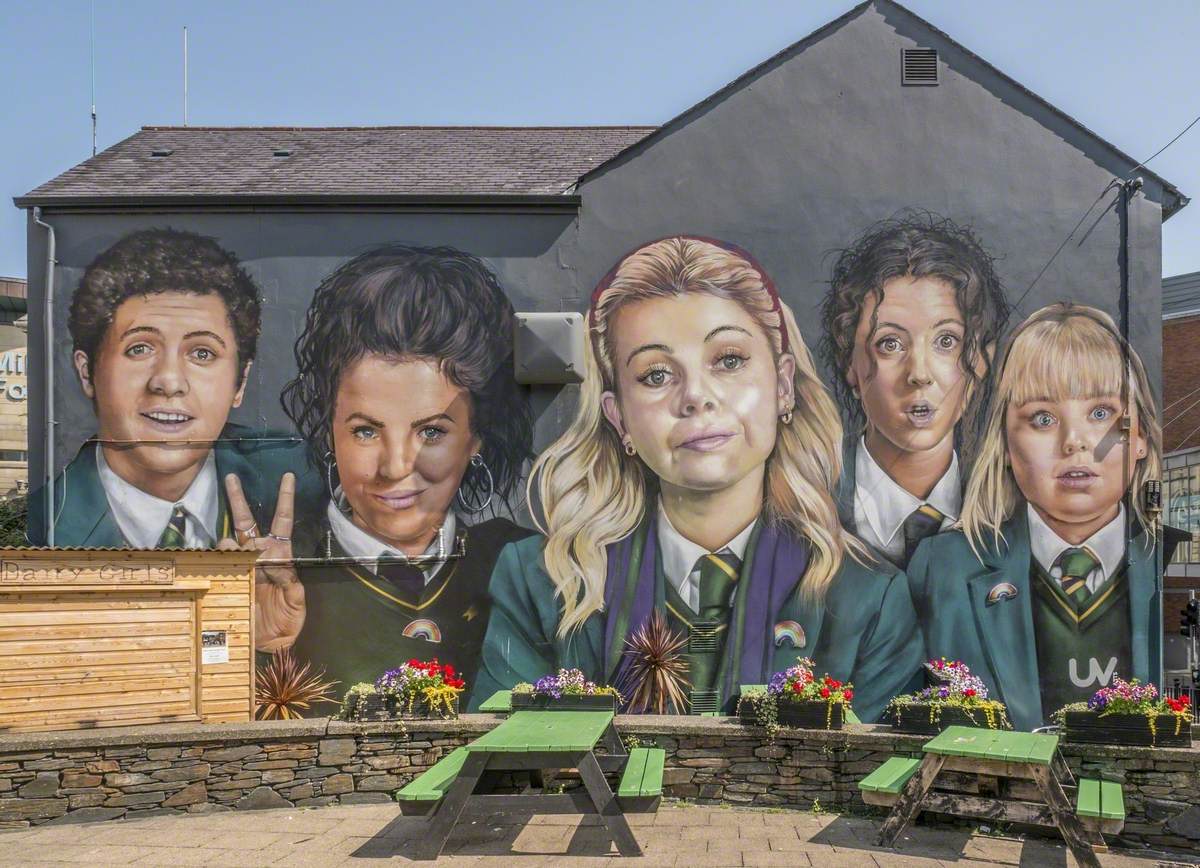
Street murals have long been a welcome addition to communal spaces, popping up in stations, shopping centers, and residential streets. While they have a much wider audience than fine art sequestered in museums, this also makes them vulnerable to being removed by local authorities or damaged by members of the public or the elements.
A new digital archive for historically significant street art has been launched in the U.K. that will provide a record of around 5,000 significant murals from across the country. The archive will be added to by volunteer researchers and photographers over a three-year period between now and December 2026. The results will be made freely available on the Art UK website.
Museums and other cultural institutions have historically struggled with how to present and preserve street art, despite its widespread popularity on social media, growing commercial value, and very often its politically-relevant poignance. As Art UK has pointed out, though street art still carries illicit, outsider associations, it is very often authorized or commissioned by local councils.
Brave Arts, Glitched “Miss Wong” in Southend, Essex. Photo: Tracy Jenkins, courtesy of Art UK, © the artist.
As well as painted murals, the project will also spotlight some sculptural murals like Philippa Threlfall’s Mural (2010) in the town of Poynton, Cheshire. This terracotta bas-relief composition is an ode to the area’s historical mining and agricultural traditions. An impressive concrete relief in Liverpool was installed by William Mitchell and Gilling Dod Architects in the mid 1960s and remains a treasured local attraction.
Notable examples of works included in the database include a 2019 portrait of the cast of Derry Girls in Derry by UV Arts CIC, Raymond Boner, and Aches as well as Battle of Cable Street, an elaborate composition in Tower Hamlets, London, that was produced by artists Dave Binnington, Paul Butler, and Ray Walker between 1976 and 1983.
Some of the works by the street artist Banksy will also be included in the project. The Art UK database already has a photograph of the artist’s Escaping Convict at Reading Gaol, a spray-painted image of an inmate escaping installed on the wall of a former prison.
As well as the online archive, the project will produce community workshops with artists, educational resources and activities, and both written and audio content relating to the artworks and the artists. Mural walking trails will also be suggested.
This digitization initiative follows the success of Art UK’s Sculpture project, which was completed between 2017 and 2021 and saw some 50,000 pieces of public sculpture be digitized.
Art UK’s project partners are the educational film-making organization CultureStreet and VocalEyes, a U.K. arts charity focused on identifying and removing barriers to access and inclusion for blind and partially sighted people. Funding for the project comes from the National Lottery Heritage Fund, the Pilgrim Trust, and Historic England.